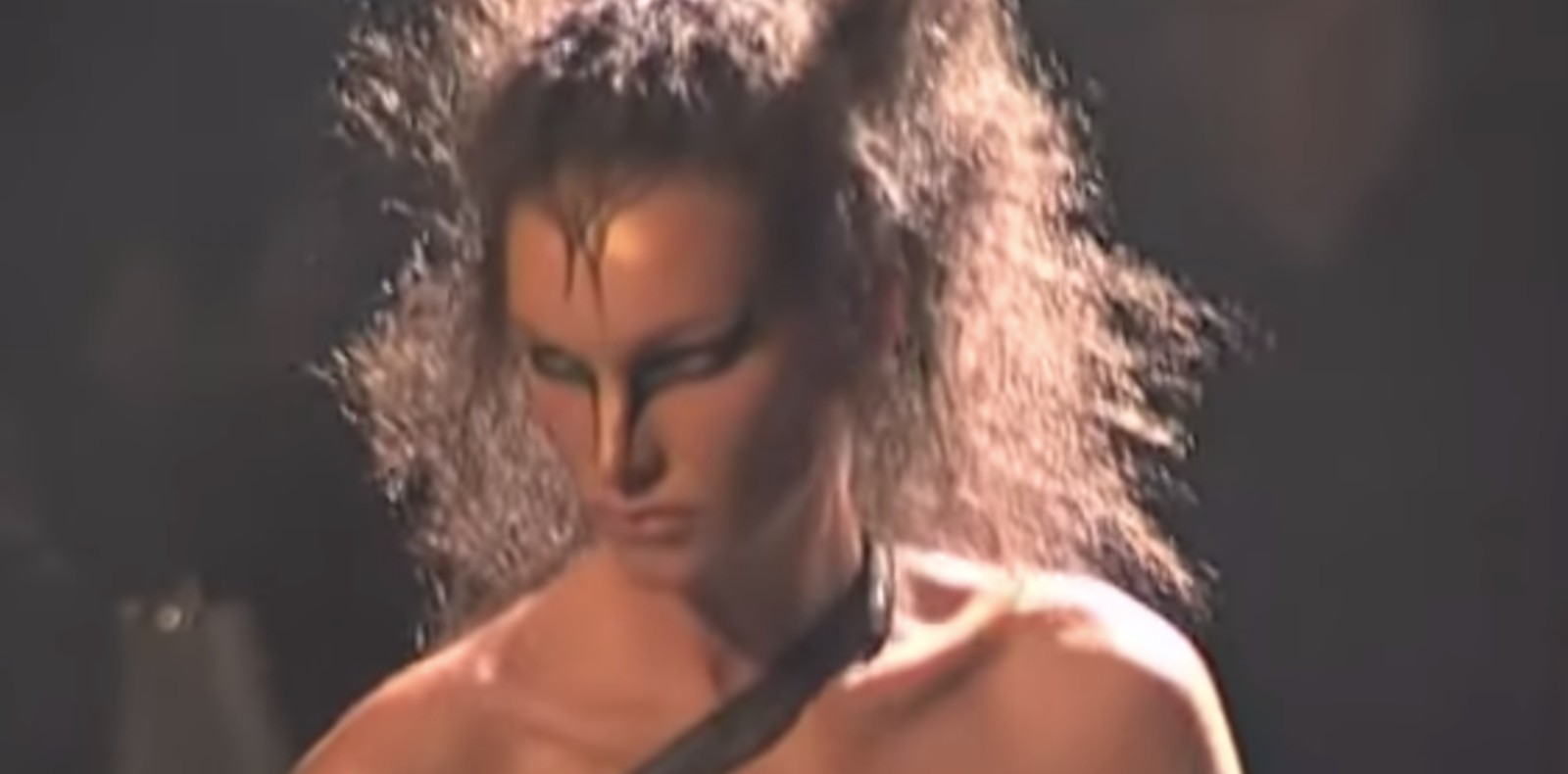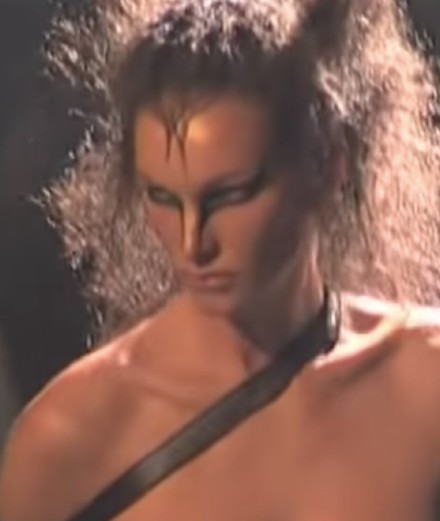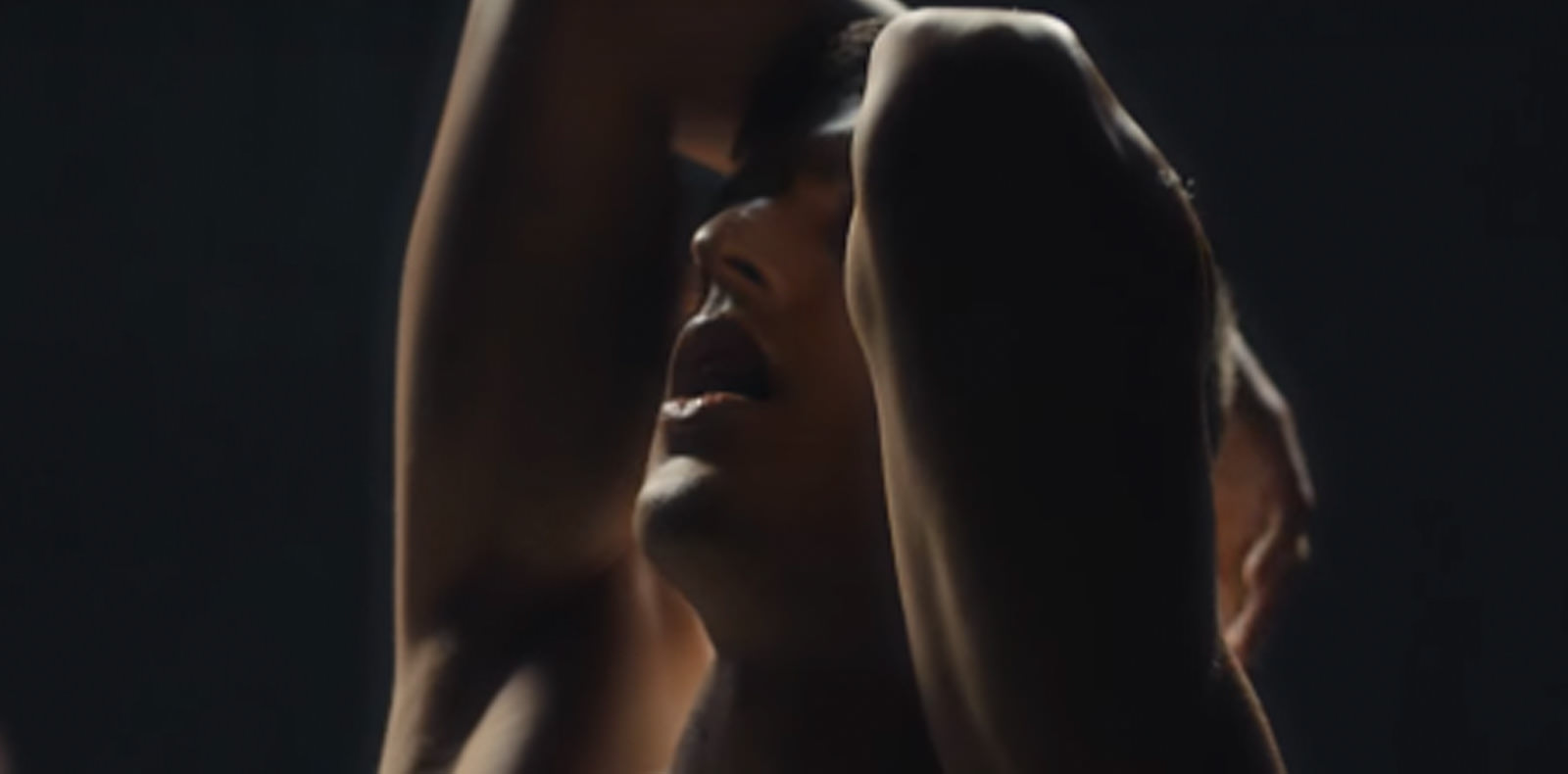
27

27
The day Alexander McQueen’s catwalk caught fire
Just a few weeks after showing his first collection for Givenchy haute couture, which was slaughtered by the press, a resentful and raging Alexander McQueen delivered a show for his own label that was one of the darkest in his career. The intensity inside Borough Market that day only increased when a car caught fire amongst the guests.
By Léa Zetlaoui.
Having been appointed artistic director of the Parisian house Givenchy (succeeding John Galliano) in 1996, Alexander McQueen presented his first haute couture collection for the brand in January 1997. Just as his predecessor was being showered with accolades at Dior, Alexander McQueen was, for his part, being lambasted by the press. His collection, inspired by Ancient Greece, left the public cold and confused, as noted by the New York Times¸ whose article went as far to question his legitimacy and his future. Deeply hurt, the designer took refuge in London and his own label, preparing for his fall-winter 1997 collection.
It was at Borough Market, on February 27th 1997 that the designer caused another sensation. Before this covered market became the temple of hipsters, it was the scene of one of the most intense fashion shows ever known to London Fashion Week. With an electric atmosphere in a raw décor without seating, the space literally having been invaded by invited guests and gate-crashers alike, Lee Alexander McQueen presented his collection “It’s a jungle out there”. The models, heavily made up, sporting elaborate hair styles and spectacular head pieces by Philip Treacy, appeared more like creatures than humans. Their bodies were swathed in leathers, suedes, skins that had once belong to cows and horses, imprisoned in skin-tight dresses, jackets and trench coats with oversized shoulders. Everything about the event, the attitude as much as the atmosphere, was somehow bestial and aggressive…
Originally inspired by a documentary he’d seen on the subject of gazelles hunted by lions, the designer – who still hadn’t digested his Parisian humiliation – was making a violent criticism of the fashion industry through his mise-en-scene, comparing it to a jungle. He poured out his anger in a show that was dominated by savagery and ferocity. The apocalyptic decor consisted of metal sheets that appear to have been pierced by bullets and old burnt out cars, resembling the vestiges of a human civilisation, while the music evoked African animals. As the crowd settled into this sombre set, the atmosphere heated up. The intensity of the show reached its climax when, in the ensuing panic, one of the cars caught fire – the decorators having failed to empty the fuel tank… Despite that incident, all we recall from this highly memorable occasion are the powerful and dominant women as well as the frankness of a creator with a disproportionate sensitivity.














